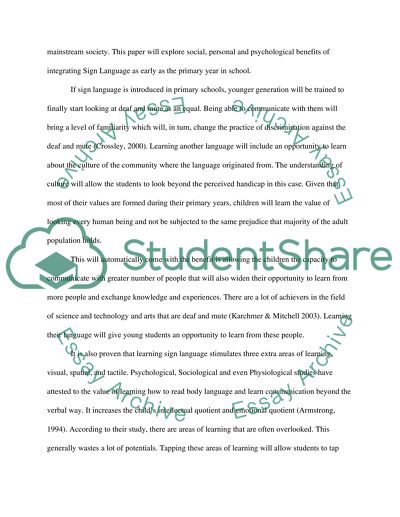Cite this document
(“Language Policy or Practice in Education of Everyday Life Essay”, n.d.)
Retrieved de https://studentshare.org/english/1432215-language-policy-or-practice-in-education-of-everyday-life
Retrieved de https://studentshare.org/english/1432215-language-policy-or-practice-in-education-of-everyday-life
(Language Policy or Practice in Education of Everyday Life Essay)
https://studentshare.org/english/1432215-language-policy-or-practice-in-education-of-everyday-life.
https://studentshare.org/english/1432215-language-policy-or-practice-in-education-of-everyday-life.
“Language Policy or Practice in Education of Everyday Life Essay”, n.d. https://studentshare.org/english/1432215-language-policy-or-practice-in-education-of-everyday-life.


